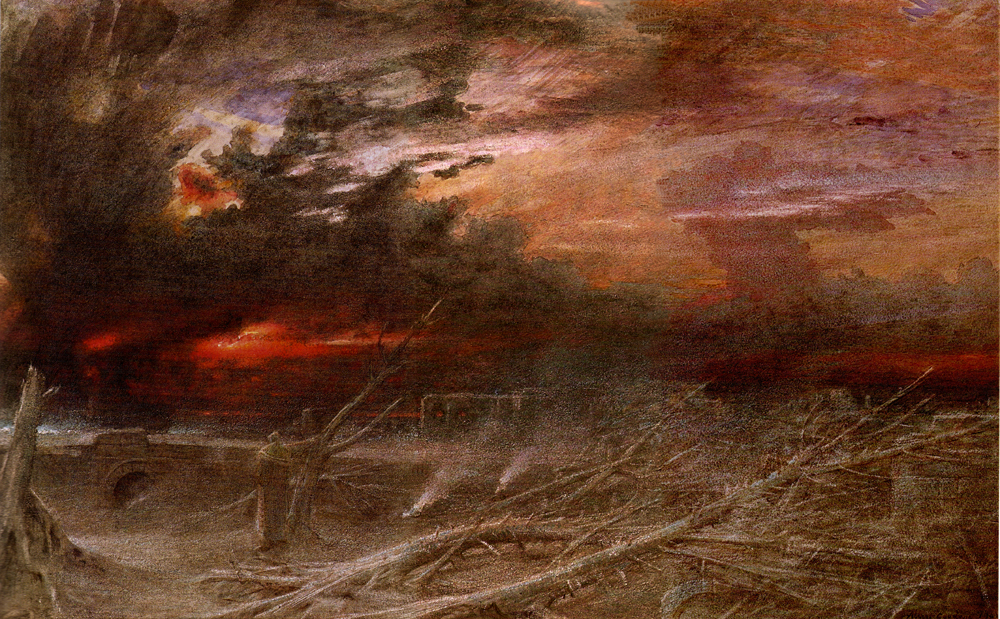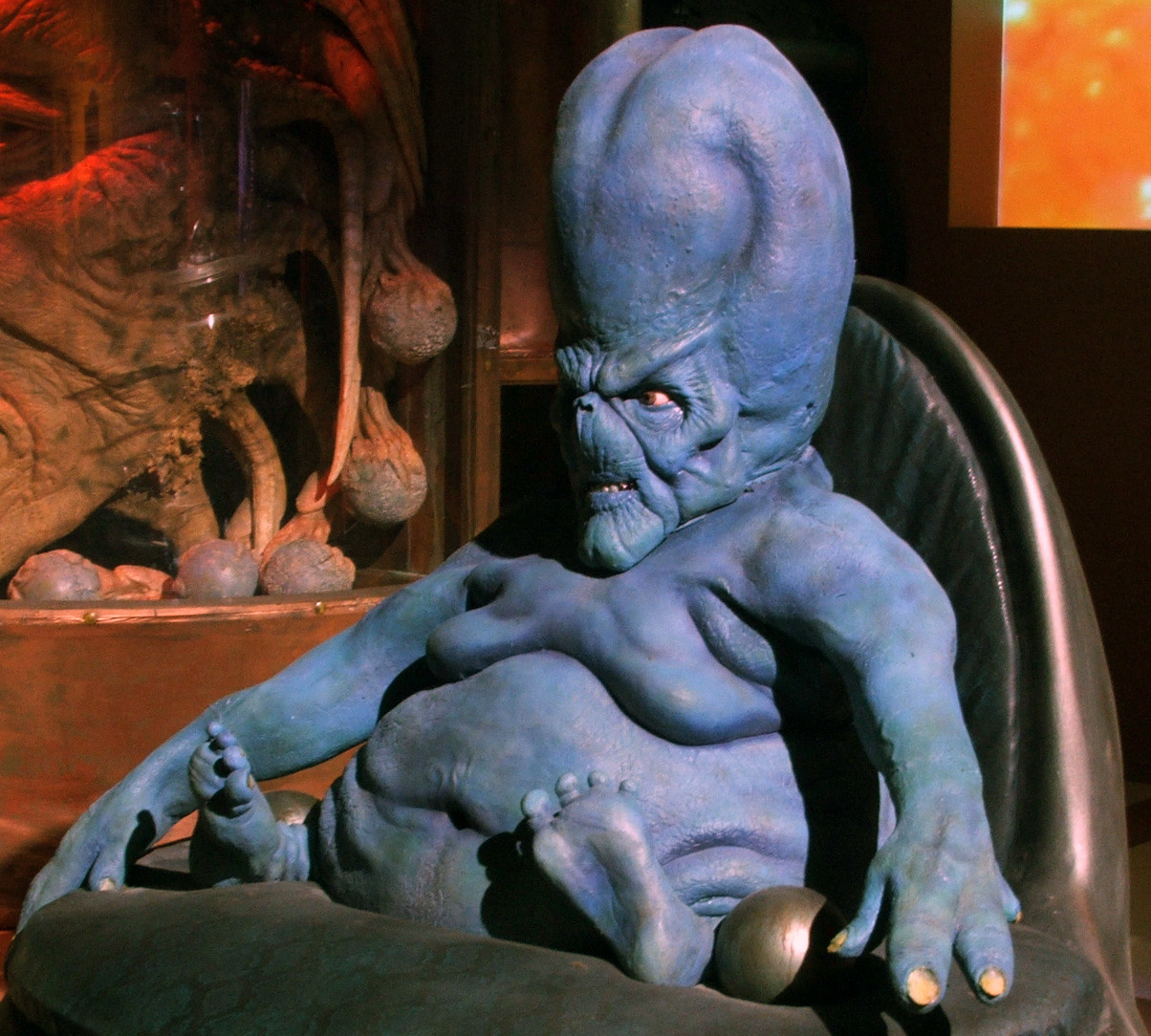The following is the second of a two-part series. The first can be found here.
The Failure of Hospitality
Yet even in the first bloom of his success in New York, it is clear that Changez’s acceptance is conditioned largely on his assimilation to the norms of the American ruling class. At Underwood Samson, “we were marvelously diverse…and yet we were not: all of us, Sherman included, hailed from the same elite universities—Harvard, Princeton, Stanford, Yale; we all exuded a sense of confident self-satisfaction; and not one of us was either short or overweight.”[1] Certain kinds of alterity have been excluded, foreclosed from the start.
Here, hospitality is only offered to those who appear not to need it, something noted by Changez’s boss Jim who approves of him precisely because of his ability to mask financial need.[2] The social norms at Underwood Samson (that is, US) mirror the broader thematics of the multicultural state, in particular the ways in which “immigration control” only offers refuge to “those who cannot expect the slightest economic benefit upon immigration.”[3] As Hartnell puts it, “the firm of Underwood Samson embodies a utilitarian version of the melting pot, thus highlighting a national culture determined to assimilate difference only as past, as history.”[4]
After September 11, however, Changez is made crucially aware that New York is a part of the United States. He notes the rapid and ubiquitous appearance of flags everywhere:
Small flags stuck on toothpicks featured in the shrines; stickers of flags adorned windshields and windows; large flags fluttered from buildings. They all seemed to proclaim: We are America—not New York, which in my opinion means something quite different—we are the mightiest civilization the world has ever known; you have slighted us; beware our wrath (italics original)[5]
Hamid keenly uses the word “civilization” here, which has its corollary the falsely homogenizing “Islamic” in Huntington’s theory. As Paul Gilroy shows in Postcolonial Melancholia,[6] the idea of the civilization works as a moral injunction, proclaiming a homogeneity that ought to be, and working to foreclose the kinds of pre-existing difference that already exist within the modern state, requiring “any cosmopolitan consciousness or commitment to be ridiculed.”
Indeed, this defensive show of patriotism and pain quickly turned into hate. The climate of the United States becomes (and remains) decidedly unfriendly for many people from the Middle East and the subcontinent. The “American” wrath Changez describes is scattershot, applied to those believed to “look” Muslim. This is indeed a nebulous idea, a slide between religion and race that can attach to many forms of alterity—Lebanese restaurants were held to be suspicious if not flying American flags in their windows in the aftermath of 9/11,[7] whilst Sikhs ran an advertising campaign “a turban is not a hat.”[8]
Queer theorist Jasbir Puar suggests that the phenomenon of “misrecognition” in the racist backlash against Sikhs involves a return of the repressed, a re-emergence of racial scapegoating against the community in a time of crisis.[9] Gilroy puts the situation acerbically but not inaccurately when he says that “the [multicultural] corpse is now being laid to rest amid the multiple anxieties of the war on terror” (2004, 1)—a situation which is only been exacerbated by the recent turns toward protectionist nationalism in Trump’s America. Wendy Brown has noted the increased “tensions between national interests and the global market, hence between the nation and the state, and between the security of the subject and the movements of capital”[10] arguing that these have become incarnated in the walls springing up in and between nations. Multiculturalism has become increasingly constituted as threatening to the imagined-white nation, with the term “globalist” has sprung up as a new insult from the anti-immigration right wing in the US.
Changez’s turn towards true alterity begins at the level of the visual. After coming home to Pakistan as war with India threatens to break out, Changez returns to the United States with a full beard, a sign of silent protest at the United States’ complicity with India’s aggression. He says, “it is remarkable, given its insignificance—it is only a hairstyle, after all—the impact a man of my complexion has on your fellow countrymen.”[11] At work, Changez becomes “overnight a subject of whispers and stares.”[12] Wainwright, his Jamaican friend and colleague at Underwood Samson, suggests that Changez shave the beard off, because despite the firm’s multiracial appearance, “you need to be careful. The whole corporate collegiality veneer goes so deep. Believe me.”[13] Simply through a change in hairstyle Changez becomes suspect to his colleagues because of the semiotic function of the beard on a Pakistani man—a sign of visual Muslimness. In a parking lot, Changez has a confrontation with a stranger who calls him a “fucking Arab.”[14]
A liberal reading of The Reluctant Fundamentalist might suggest that what Changez experiences after September 11 is the failure of “tolerance.” Brown has shown us the problems with “tolerance” discourse, which naturalizes and represses a presumed inherent antagonism to difference. She suggests, with regard to racial, sexual, ethnic and religious minorities, “these are ascriptive identities of a very particular sort: they harbor orders of belief, practices, or desires cast as significant enough to provoke the rejection or hostility that makes tolerance necessary.”[15] For Brown, the “object of tolerance is not the group but rather individual marked subjects who carry the group identity.”[16]
As these metaphors of writing (ascriptive, marked) suggest, the object of tolerance is a person whose difference is somehow legible, somehow readable. In a broader sense, Brown suggests that tolerance forms part of a post 9/11 civilizational discourse of Western superiority that holds out openness and “freedom” as unique characteristics of the West.[17] In doing so, it masks the continued aggression of the West pursued in domestic politics against the perceived “foreign agents” inside the nation—immigrants, refugees, Muslims, LGBT communities. It is for this reason that instead of engaging in the problematic tolerance discourse, Gilroy prefers to speak of cosmopolitanism and convivality as modes of “living with” difference.
Hamid paints a contrast between the “tolerated” subject of multiculturalism and the entitlement of privileged Americans abroad. Changez travels to group with some friends from Princeton to Greece in the summer after they have finished their undergraduate degrees. Changez notes their self-righteousness in dealing with those whom they had paid for a service. “
But you told us,” they would say to Greeks twice their age, before insisting things be done their way. I [. . .] found myself wondering by what quirk of human history my companions [. . .] were in a position to conduct themselves in the world as though they were its ruling class.[18]
Indeed, for the rest of the world, hospitality with this ruling class brings with it not only self-righteousness, but considerable danger. Changez’s hospitality for the American in Lahore ends with the chilling suggestion that the man, a potential CIA agent, has killed him (“I detect a glint of metal”[19]). Yet this is as Derrida points out, a necessary risk of radical hospitality.
Terrrorism: The Other of Multiculturalism
The relation between the multiculturalist state and the immigrant/terrorist in The Reluctant Terrorist has the ambivalent vacillation between love and hate described in Homi Bhabha’s psychoanalysis of the postcolonial subject. Bhabha states that for the colonialist, “the frustrated wish ‘I want him to love me’ turns into its opposite ‘I hate him’ and then through projection, and the exclusion of the first person, ‘he hates me.’”[20] Arguably the colonialist wish for love is the desire for the same—the native subject who is the same or wishes to be the same, the almost the same but not quite.
The apprehension of the Other’s difference—in the form of a Muslim man’s beard, say—then causes the rejection and then projection of hate onto the Other. Hamad raises the possibility of Changez having truly been a terrorist in his radicalization after leaving America, however it remains solely at the level of conjecture, a fantastic projection which may or may not be true.
Arguably however, Changez mimics back this same affective structure to the multiculturalist State, albeit in a modified order (I want him to love me-he hates me-I hate him). It is for this reason that Hamid’s immigrant is not the subaltern migrant to the United States ala undocumented cook Biju in Kiran Desai’s Inheritance of Loss, who is not desired by the State.[21] Changez is the very embodiment of the American Dream—a scholarship student to one of the country’s elite universities, hired by an select firm, friend of old money. Changez does, by his own telling, love America (at least in the form of New York), yet he also begins to hate it, so much so that he begins to organize students in Lahore to demonstrate against American foreign policy interventions. Yet if there is a third stage of “he hates me” it is drawn with the curious ambivalence of a failed love affair.
Hamid clearly writes Changez and Erica’s relationship as an allegory for the relation of Muslim immigrants to the United States. Erica is attracted to Changez, yet is deeply in thrall to her own lost love Chris—a childhood sweetheart who had died of leukemia. Changez and Erica are unable to make love because of this, except for one time in which Erica fantasizes that Changez is Chris, resulting in her becoming trapped even further in her own attachment to loss. Erica ultimately fails to love Changez for himself, just as the multiculturalist state assimilates and then fails to embrace anyway. As Erica is attached to her lost love object, so to the nation-state remains stubbornly attached to its own lost imagined past (that is, as a white nation).
Hartnell points out that Chris’s name recalls Christopher Columbus, the agent of European colonialism who “discovered” America and Christ. She suggests, problematically I think, that Chris represents “Europe’s Christian roots,”[22] foreclosing the presence of Christianity from this examination of the present-day American state. In contrast, I would like to suggest that the United States remains Christian in a substantial sense, and that it is an insufficient attention to the ethical demands of Abrahamic religion which prevents it from embracing the ecumenical radical form of hospitality which Derrida argues for.
While the unholy mixture of evangelical Protestantism and right-wing politics has produced a country which undoubtedly does not practice openness to the stranger, the textual traditions which found the Abrahamic religions are clear on the ethical demands of hospitality. A truly Christian United States would not merely be the limited acceptance of the multicultural state, but rather which signals further back to the city of refuge whose trace can still be found in New York.
Conclusion
If it is true that the Reluctant Fundamentalist charts the United States’ failure at accepting true alterity, the possibility nevertheless remains inherent in the Abrahamic (it is, after all, the pre-condition of culture itself). Hartnell makes the intriguing suggestion that Erica represents the survival of American exceptionalism and innocence, an attachment that mutes the novel’s otherwise unrelenting explosion of the two. For Erica, her inward eye is incapable of embracing Changez’s narrative, just as the wider political culture is incapable of valuing Muslim lives on a par with those of Americans.
Yet Erica’s isolation is not only sympathetically drawn but curiously alluring. She remains completely impervious to Changez’s non-violent—and indeed very gentle—protestations, for her own notably self-destructive narrative wields far more power. In following her trail Changez himself reluctantly participates in the compelling drama of American innocence (345). Hartnell points to the melancholic last meeting of the two at an institution where Erica is being treated. A nurse tells Changez that “right now you’re the hardest person for her to see. You’re the one who upsets her the most.
Because you’re the most real and you make her lose her balance.”[23] Hartnell argues that that that this exchange can be read as suggesting that “Changez is the ideal vehicle by which Erica might be wrested away from Chris and thus made more truly American.”[24] In other words, (Amer) Erica might be returned to herself by the reality of the Muslim migrant. Hartnell suggests that this recalls the narratives by which the country has historically legitimated itself as exceptional, which has “has historically collaborated with notions of superiority and racial chauvinism.”[25]
Yet perhaps we can also see this as the briefest flare of Abrahamic hospitality. Erica tells Changez “you look cute [. . .] your beard brings out your eyes.”[26] Changez’s beard, the very sign of his alterity and rejection by the multiculturalist state, is also capable of being appreciated by the United States. By implication, Muslims too are capable of being appreciated by the US, and indeed not merely because of desire, but an Abrahamic form that gives by receiving. Rather than conditional acceptance, Erica’s comment that Changez’s beard “brings out your eyes” suggests that it is the signs of alterity itself that add to his attractiveness, that bring out his best features as well as returning Erica to herself. In this briefest of exchanges, we see the ways in which “bringing out” may be a coming in [Entrez donc], and tarrying with alterity may be an Abrahamic “here I am.”
If we follow Derrida’s arguments about hospitality, we may see how a cosmopolitan living with difference may also be a living with the divine in our midst.
Emily McAvan is an Australian literary critic whose work addresses the intersection between religion and culture. She is the author of Jeanette Winterson and Religion (Bloomsbury 2019) and The Postmodern Sacred (McFarland 2012).
______________________________________________________________________________
[1] Hamid, 38.
[2] Idid. 8.
[3] Derrida 2001, 12.
[4] Hartnell, 342.
[5] Hamid, 39.
[6] Gilroy, P. Postcolonial Melancholia (New York: Columbia UP, 2004), 23.
[7] Butler, J. Precarious Life: The Powers of Mourning and Violence (London and New York: Verso, 2004), 77.
[8] Puar, J. Terrorist Assemblages: Homonationalism in Queer Times (Durham and London: Duke UP, 2007),166.
[9] Puar, 194.
[10] Brown, W. Walled States, Waning Sovereignty (New York: Zone, 2010), 8.
[11] Hamid, 130.
[12] Hamid, 130.
[13] Ibid. 130.
[14] Ibid. 117
[15] Brown, W. Regulating Aversion: Tolerance in the Age of Identity and Empire (Princeton and Oxford: Princeton UP, 2006), 45.
[16] Brown, 145.
[17] Ibid. 7.
[18] Hamid, 21.
[19] Hamid, 184.
[20] Bhabha, 142.
[21] Desai, K. The Inheritance of Loss (New York: Grove, 2006).
[22] Hartnell, 343.
[23] Hamid, 133.
[24] Hartnell, 345.
[25] Hartnell, 356.
[26] Hamid, 134.




